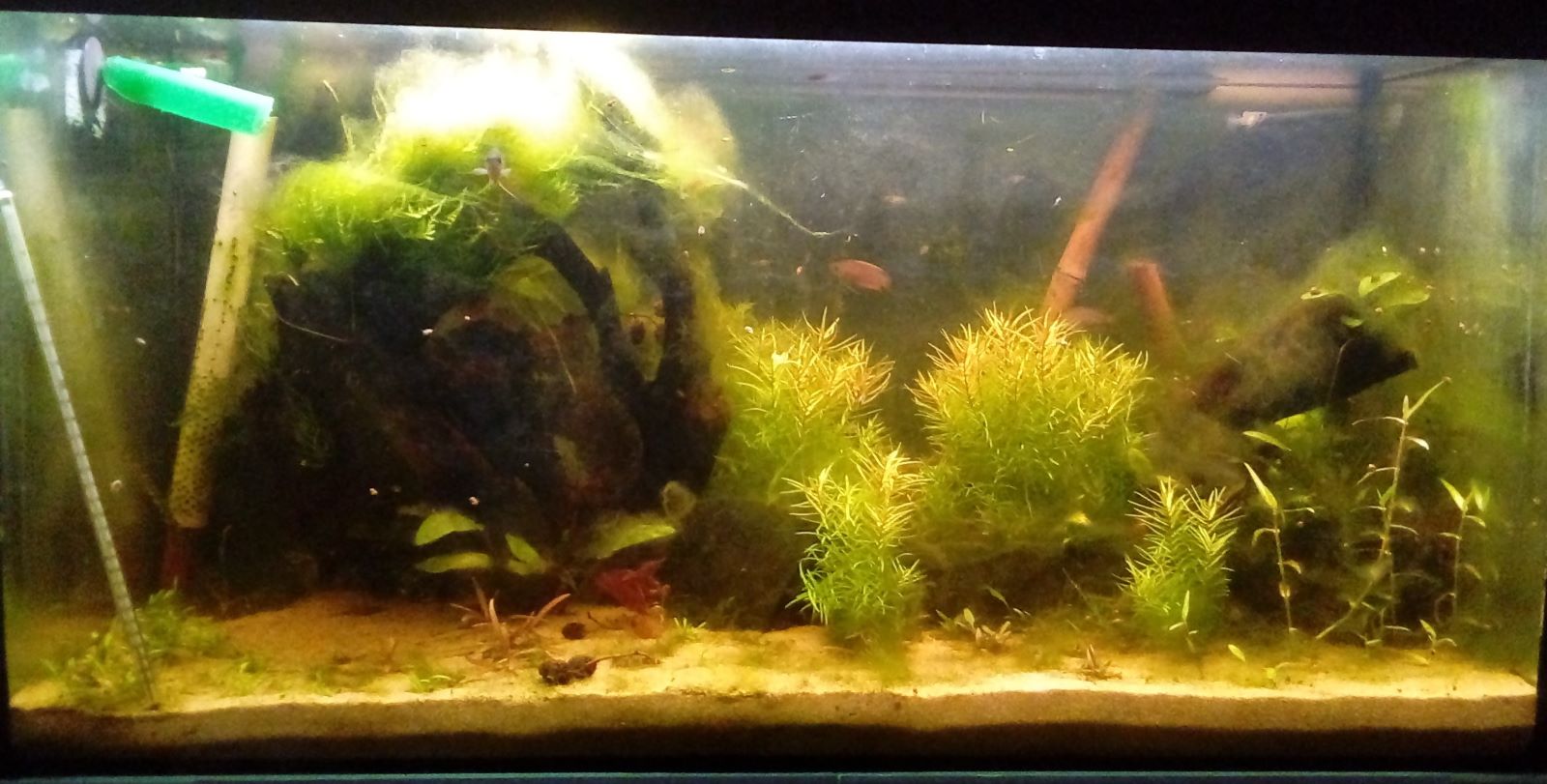Last time I did this, I shaped the handle-scales first, then I fumed them wit ammonia and then I glued them onto the knives. This time I have changed the order of doing things, but time comparison should still be possible.
After taking the pieces of wood out of the solution I have left them dry. First for a few days outside, out of direct sunlight and out of the wind, with both end-grain ends covered with plastic to reduce cracking (still insufficient, next time I will have to try something more drastic). After they were dry and stink-free, I put them for a few days into the direct sunlight to dry even more, and then I left them to stabilize in the workshop for a few days. That way the wood should be neither too wet nor too dry and hopefully, it won’t change in size too much.
When I started to polish the pieces to sort them out properly – any markings were taken out by the solution – I could not find the oak pieces anywhere. So I took an offcut that was not in the solution and I polished that a bit and I realized that it is not, in fact, oak, but an especially dirty and grimy piece of black locust. I do not even remember where I got it and why I thought it is oak in the first place…
Anyhoo, after grinding all the pieces to flat and parallel, I drilled the holes for pins, cut all pieces to a rough shape on the bandsaw and I paired them up and I shaped and fully polished the forward-facing facets since those won’t be accessible once the scales are glued on. What I learned here was that I will need some finer scaled drill bits, since different woods react differently and when you drill with a 6 mm drill bit, the resulting hole can be anywhere between 5.5 and 6 mm. And trying to force the 6 mm brass pins through some pieces was a real pain in the nether regions. I have to drill the holes in wood ever so slightly bigger than the intended pin, but whilst 6.5 mm was fine for the softer woods it was almost too much for the harder ones.
The next step was glue-up.
To get as near perfect flat surfaces as I can, I have bought a spray-on glue and I used ti to attach a piece of coarse sandpaper to a granite tile. It worked really well, I have got a very nearly perfect match between the tangs and the scales on all twelve knives, the best result I have got yet for this type of handle construction. But I also managed to get a lot of glue on my hands and I lost the spray nozzle when wiping it off and it took two days before it resurfaced under the shop vacuum. So yeah, not my finest hour and the good came with some bad-ish.
During the glue-up, I have suffered from a common ailment – the insufficient clamping power syndrome. I had to do it in two stages, gluing six blades in the evening and the remaining six in the morning next day, Which was not too much of a problem this time, since I was tired and I would have to call it quits anyway, but I will probably need some more clamps or maybe even some thingamajigs for gluing the scales on the tangs more efficiently.
And this is what I got in the end – a pile of roughly shaped handles attached to the finished blades.
During the subsequent grinding to shape with a 40 grit belt, I still could not do too much to evaluate the real effect of ammonia fuming on these woods, but I did get some inkling of what the results might be already. And let us say that for some of the woods I have preliminarily considered the results promising, for some surprising and for some completely “meh”. More about that when the knives are finished.
This whole step took me approximately 73 minutes per knife, and that is a significant improvement against last time – 38 minutes, 34%.
The last step is polishing the handles up to ~300 grit (already done) and putting on a protective coat of boat lacquer. That will take about a week, an hour or so a day. We shall see how that goes, but that part should be relatively free of any surprises.





































